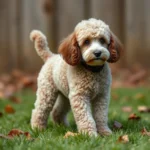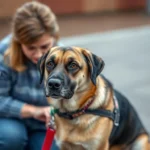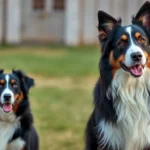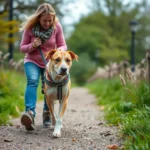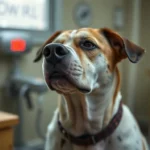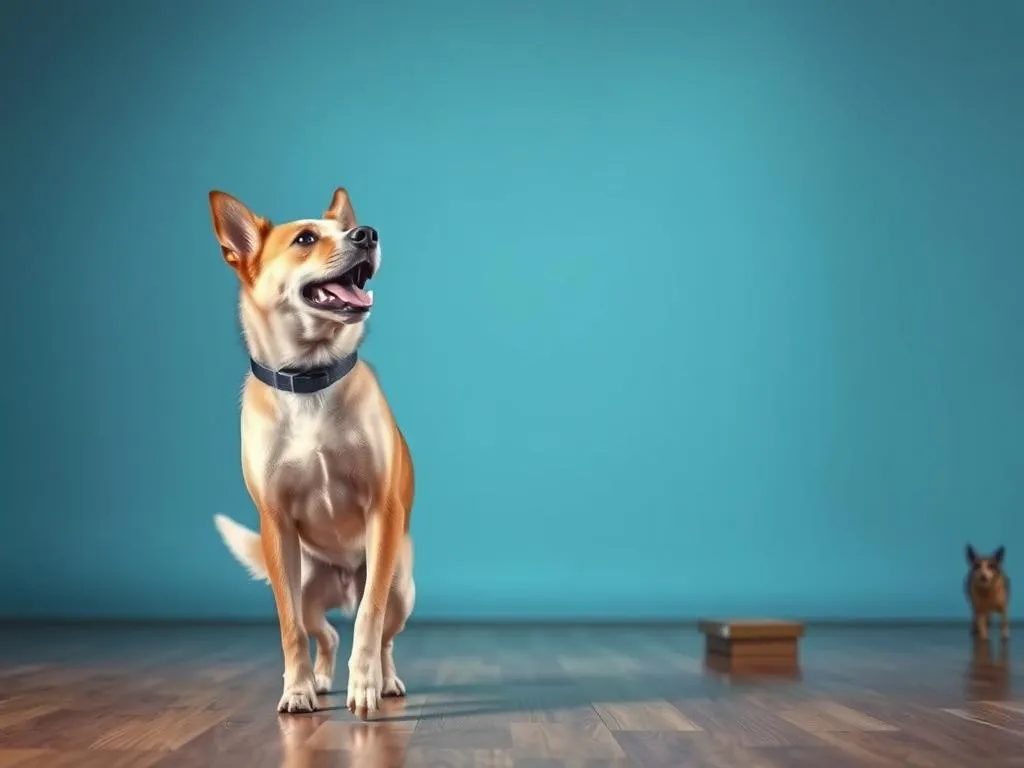
Teaching your dog to dance can be a delightful and rewarding experience. Not only does it strengthen the bond between you and your furry friend, but it also provides mental stimulation and physical activity. How to teach your dog to dance involves a combination of understanding canine behavior, patience, and positive reinforcement. In this guide, we’ll explore the steps you need to take to turn your pup into a dancing star!
Understanding Your Dog’s Behavior
The Basics of Canine Body Language
Before diving into dance training, it’s crucial to understand your dog’s behavior. Each dog communicates through body language, which can give you insight into their mood and readiness to learn.
Key signals that indicate your dog is engaged and ready to learn include:
- Ears Up: Attentiveness
- Tail Wagging: Happiness and excitement
- Play Bow: Invitation to interact
- Relaxed Body Posture: Comfort and willingness to engage
Observing these signs can help you determine the best moments to initiate training sessions.
Identifying Your Dog’s Learning Style
Just like humans, dogs have different learning styles. Some may respond better to visual cues, while others might excel with auditory signals or hands-on guidance.
- Visual Learners: Respond well to hand signals and demonstrations.
- Auditory Learners: Learn best through verbal commands and tones.
- Tactile Learners: Prefer physical interaction and guidance.
By identifying your dog’s learning style, you can adjust your training methods to suit their preferences, making it easier for them to grasp new concepts.
Preparing for Dance Training
Essential Supplies
Before starting the training process, gather the necessary supplies to create an effective learning environment. Here’s a list of essential items:
- High-Value Treats: Choose small, tasty treats to reward your dog.
- Clicker: A clicker can help mark desired behaviors.
- Training Space: A clear, open area free from distractions.
- Leash and Collar: For control during training sessions.
Creating the Right Environment
Your dog’s training environment plays a significant role in their ability to focus. Choose a distraction-free space where your dog feels comfortable. Ensure the temperature is suitable, and the surface is non-slippery, especially if you’re teaching dance moves that require turns or jumps.
Basic Commands as Foundations for Dancing
Teaching Basic Commands
Before you can teach your dog to dance, it’s essential to establish a solid foundation with basic commands. Commands like “sit,” “stay,” and “come” not only promote good behavior but also aid in dance training.
- Sit:
- Hold a treat above your dog’s nose.
- Move your hand back over their head. As they look up, their bottom will naturally lower.
-
As soon as they sit, say “sit” and reward them.
-
Stay:
- Start with your dog in a sitting position.
- Show your palm to them and say “stay.”
-
Take a step back. If they remain in place, return and reward them.
-
Come:
- Use a leash to guide your dog toward you.
- Call their name and say “come” enthusiastically.
- Reward them when they reach you.
Building a Strong Communication System
Using a combination of verbal cues and hand signals can enhance your communication with your dog. Consistency is key; always use the same command words and gestures for each behavior. This helps your dog learn more effectively and reduces confusion.
Introducing Dance Moves
Basic Dance Movements to Teach
Once your dog has mastered basic commands, you can start introducing simple dance moves. Here are a few fun movements to teach:
- Spin:
- Hold a treat near your dog’s nose.
- Slowly move the treat in a circle, encouraging them to follow it.
-
Once they complete the circle, reward them.
-
Twirl:
- Similar to the spin, but have your dog turn in the opposite direction.
-
Use treats to guide them and reward them for completing the twirl.
-
Hop:
- Hold a treat low to the ground.
- Encourage your dog to lift their front paws to reach it.
- Reward the hop and gradually increase the height to create a hop motion.
Combining Moves for a Routine
Once your dog is comfortable with basic dance movements, you can start combining them into a routine. Here’s how to link multiple moves together:
- Choose a Sequence: Decide on a set order of movements, such as spin-twirl-hop.
- Practice Each Move: Ensure your dog can perform each move independently.
- Gradual Linking: Start by linking two movements, rewarding them for completing the sequence.
- Full Routine: Once they can perform the sequence smoothly, add the final move and practice the entire routine together.
Positive Reinforcement Techniques
The Importance of Rewards
Positive reinforcement is a crucial aspect of dog training. When your dog performs a desired behavior, rewarding them instantly reinforces that behavior. Here are some types of rewards you can use:
- Treats: High-value treats work best during training.
- Praise: Verbal praise and affection can motivate your dog.
- Playtime: Incorporating play as a reward can be a great incentive.
Timing is everything; make sure to reward your dog immediately after they perform the desired action to create a clear connection between behavior and reward.
Avoiding Negative Reinforcement
Punishment-based training methods can lead to fear and anxiety in dogs. Instead of scolding your dog for mistakes, focus on fostering a positive training environment. This encourages your dog to learn without fear and promotes a more robust bond between you both.
Troubleshooting Common Issues
Common Behavioral Challenges
Training can sometimes come with challenges. Here are a few common issues you may encounter:
- Distractions: Other pets, sounds, or movements can distract your dog during training.
- Lack of Focus: If your dog seems unfocused or disinterested, consider changing your approach or taking a break.
- Stubbornness or Fear: Some dogs may resist certain movements or commands out of fear or stubbornness.
Adjusting Training Techniques
If you encounter issues, it may be time to adjust your training techniques. Here are some strategies:
- Change Methods: If your dog isn’t responding, try a different reward or approach.
- Take Breaks: Short, frequent training sessions can be more effective than longer ones.
- Be Patient and Understanding: Every dog learns at their own pace. Patience is essential!
Advanced Dance Techniques
Introducing Complex Moves
Once your dog has mastered basic moves, you can introduce more complex techniques:
- Backward Walking:
- Start with your dog in a standing position.
-
Use a treat to guide them backward, rewarding them for each step they take.
-
Weaving:
- Set up cones or objects in a straight line.
- Encourage your dog to weave in and out of the objects using treats as guidance.
Choreographing a Dance Routine
Creating a complete dance routine can be an exciting challenge. Here are some tips for choreographing a performance:
- Choose a Theme: Decide on a fun theme that resonates with both you and your dog.
- Incorporate Music: Play music that matches the pace of your routine.
- Practice Regularly: Regular practice helps solidify the routine and builds your dog’s confidence.
Performance and Showcasing Your Dog’s Skills
Preparing for a Performance
When it’s time to showcase your dog’s skills, preparation is vital. Here are some steps to take:
- Practice: Ensure your dog is comfortable with the routine and has practiced in various environments.
- Confidence Building: Use positive reinforcement to build your dog’s confidence leading up to the performance.
Choosing the Right Venue
Selecting the right venue can enhance the performance experience. Consider these options:
- Dog Shows: Participate in local dog shows to showcase your dog’s talents.
- Local Events: Look for community events that welcome dog performances.
- Home: A home performance can be a fun way to share your dog’s skills with friends and family.
Conclusion
In summary, teaching your dog to dance can be a fulfilling journey that strengthens your bond while providing mental and physical stimulation for your pet. Remember to be patient, use positive reinforcement, and adjust your training techniques as needed. With practice and dedication, you and your furry friend can create beautiful dance routines together, bringing joy to both of you!
As you embark on this exciting training adventure, enjoy every moment, and celebrate the unique bond you’re building with your dog through dance!

